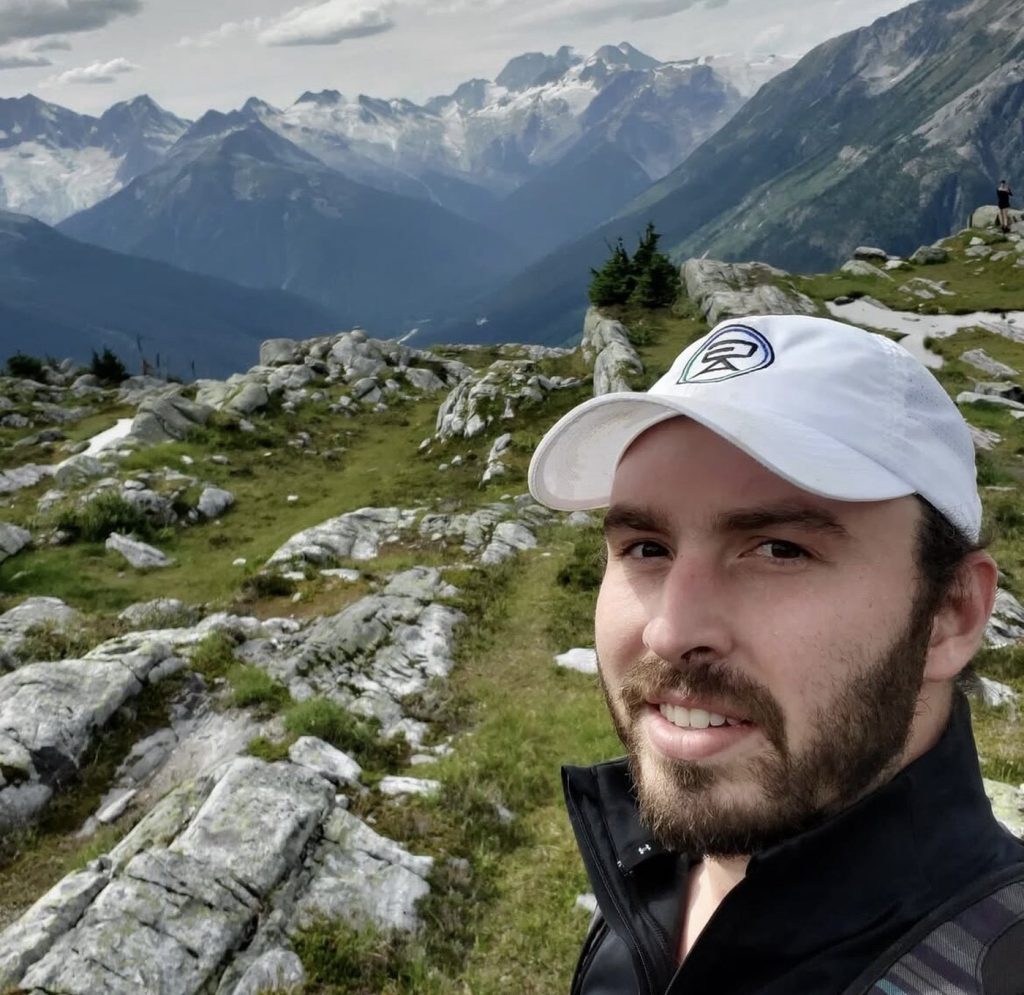Daniel Buchardt had been navigating his career in sales for seven years when he came to a realization about his job at an insurance company: it felt monotonous, and he lacked real interest in the work. Buchardt, a 31-year-old resident of Guelph, Ontario, expressed, “I’m not really passionate about insurance. I don’t think anyone really is.” He noted a lack of upward mobility and the repetitive nature of the job, which left him feeling antsy and eager to venture outside.
Driven by his passion for the outdoors and a keen interest in sustainability, Buchardt made the decision to return to school and pursue a degree in environmental engineering. However, this decision did not come lightly; it required considerable reflection on several challenges. Returning to education would complicate his work-life balance, securing a job in a new field often poses difficulties, and, importantly, there is no guarantee that a new career will align better with his interests or aspirations.
Career experts like Sangeetha Dikshit, founder of Pod Transformations in Toronto, emphasize that feeling stuck in a career has become a widespread phenomenon, particularly following the COVID-19 pandemic, where many people reevaluated their career goals. The advent of artificial intelligence, which threatens to alter job markets fundamentally, has also contributed to many considering a career switch. Dikshit advises individuals contemplating such a transition to thoughtfully assess their motivations and options before entering the admissions process.
One of the initial steps she recommends is to clearly define the desired career move and evaluate its compatibility with personal values, interests, skills, and strengths. There exists a tendency for individuals to pursue careers based on external influences, such as social media trends or societal expectations, rather than introspection. To counter this, Dikshit urges individuals to look inward and determine what aligns with their genuine desires.
After pinpointing a direction, individuals should seek to understand the realities of the job market through informal networking, such as coffee chats with industry professionals. This approach can provide valuable insights into specific sectors and help gauge whether a potential career aligns with personal goals. In Buchardt's case, he consulted with his father, who shared that the demand for environmental engineering professionals was “only growing” as development projects increasingly required environmental assessments.
For those seeking additional assurance, Dikshit suggests exploring online courses to gain preliminary exposure to the targeted field. The subsequent stage focuses on resilience and readiness for the shift. Individuals must carefully consider the financial implications of returning to school, particularly if it necessitates significantly reducing work hours. According to Lance McCready, an associate professor at the University of Toronto, many full-time workers do not qualify for government financial aid, which necessitates either relying on personal savings or reducing work hours.
Family obligations, such as caring for children or elderly relatives, should also be factored into the decision-making process. McCready emphasizes the importance of recognizing that pursuing a new degree inherently requires a commitment that diverts attention from other responsibilities.
If they affirm that they are supported adequately, candidates can then evaluate their emotional readiness. Transitioning to a new career often involves stepping back from being an expert in one field to becoming a novice in another. This shift may also come with adjustments in salary and dynamics in workplace relationships, particularly when working with younger peers.
Although some individuals successfully navigate these stages and feel prepared for a career transition, others may come to the conclusion that the timing is not right or that they are not as ready as they believed. This realization is perfectly acceptable. There are alternative routes, such as enhancing skills through online courses or pursuing certifications while maintaining current employment.
Many educational institutions allow part-time study or shorter, more intensive degree paths, which can help minimize the disruption to a student's current job. Buchardt found a one-year program in environmental engineering at Conestoga College, but not without a warning from a friend who had undertaken a similar path that such a condensed program is “not a walk in the park,” requiring daily study commitment.
Thus far, Buchardt has reaped the benefits of his decision, currently completing a co-op at a biofiltration business that he enjoys. McCready notes that mature students often face challenges balancing their financial responsibilities, social support, and learning expectations, but ultimately, few regret making the leap towards a new career.










